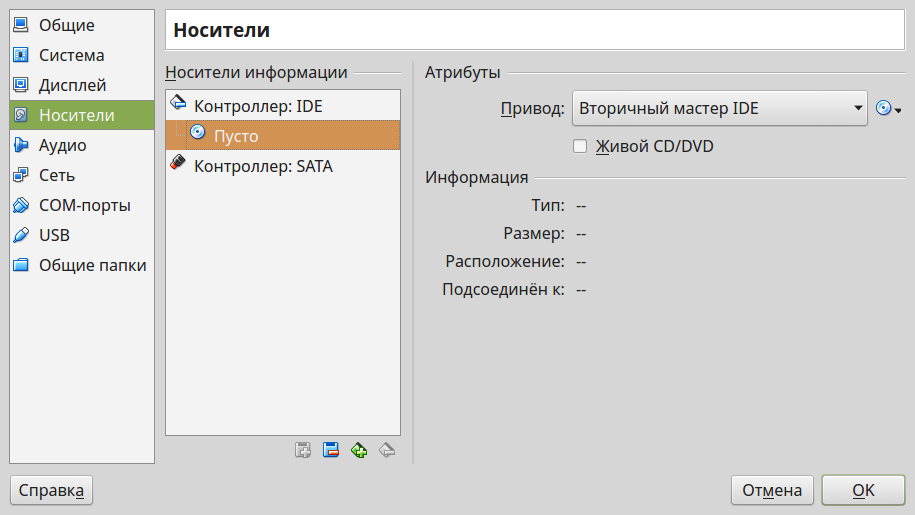

nVidia arrays are automatically activated on live installer images from at least 14.04 up to this day and probably long before.Grub2 contains the dm_nv.mod module that allows it to read Grub files from your boot partition on nVidia RAID When nVidia was still producing the nForce chipsets on now older motherboards, Linux gained inbuilt support for both the dmraid target and for Grub2 support for booting from the array, and to this day there is great support for this chipset compared to other FakeRaid solutions. This document is constantly updated by users like you and is a "living" document to which your contributions are welcome.
#Softraid linux how to#
This wiki describes how to get Linux to see the RAID as one disk and boot from it in the same way that windows will install on this type of device. That said, linux software raid is more robust and better supported and thus, recommended over fakeraid if you do not need to dual boot with Windows. Another reason for using FakeRAID is if you define a disk mirror and a hard drive crashes, you can down the system and replace the failed drive and rebuild the mirror from the BIOS without having to boot into the operating system. FakeRAID allows these users to access partitions interchangeably from either Linux or Windows. These people shouldn't have to add a separate hard drive just so they can boot Linux. Multiboot configurations are common among users who need multiple operating systems available on the same machine. The most common reason for using fakeRAID is in a dual-boot environment, where both Linux and Windows must be able to read and write to the same RAID partitions. If you have arrived here after researching this topic on the Internet, you know that a common response to this question is, "I don't know if you can actually do that, but why bother - Linux has built-in softRAID capability." Also, it's not clear that there is any performance gain using hardware fakeRAID under Linux instead of the built-in softRAID capability the CPU still ends up doing the work. Under Linux, which has built-in softRAID functionality that pre-dates these devices, the hardware is normally seen for what it is - multiple hard drives and a multi-channel IDE/SATA controller.

#Softraid linux driver#
Older Windows versions required a driver loaded during the Windows install process for these cards, but that is changing as it has already changed in FreeBSD (which has FakeRAID support built into the ATAPI disk driver). With the advent of Terabyte disk drives, FakeRAID is becoming a popular option for entry-level small business servers to simply mirror 2 1.5 TB drives, and dispense with an expensive hardware RAID 5 array. This gives the appearance of a hardware RAID, because the RAID configuration is done using a BIOS setup screen, and the operating system can be booted from the RAID.
#Softraid linux drivers#
Instead, they are simply multi-channel disk controllers combined with special BIOS configuration options and software drivers to assist the OS in performing RAID operations. Virtually none of these are true hardware RAID controllers. These have shown up in a number of desktop/workstation motherboards and lower-end servers such as the HP D元60 G5, if ordered without the optional RAID card. In the last few years, a number of hardware products have come onto the market claiming to be IDE or SATA RAID controllers. Ubuntu 10.04 (Lucid Lynx) and 10.10 (Maverick Meerkat).


 0 kommentar(er)
0 kommentar(er)
